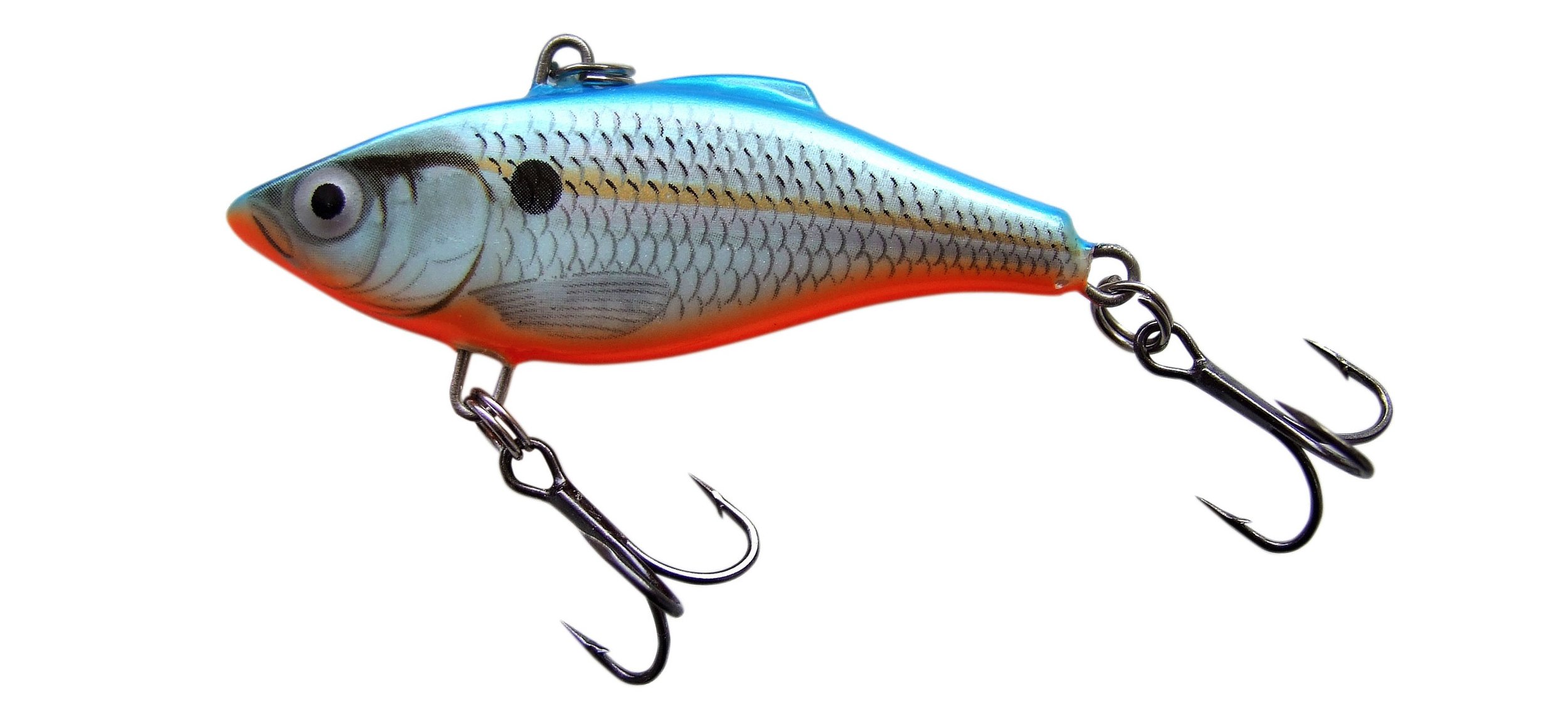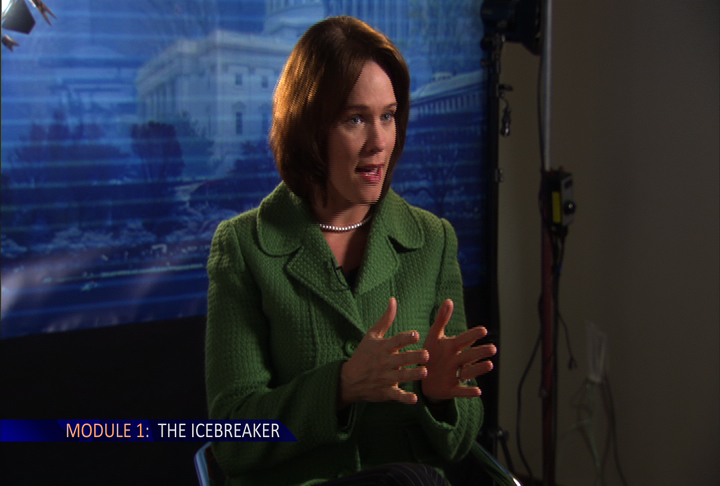The power suit might help you look the part, but research by Amy Cuddy of The Harvard Business School suggests that the power pose will help you feel that way.
Cuddy says we've always known that mood influences body language. For example, if you're nervous, you may tend to cross your arms, fiddle with your fingers, put your hand on your face - all of which make you look "smaller." But if you feel powerful, you may sit up straight with your arms open, or you stand with arms akimbo in what she calls the "Wonder Woman" pose, making you look "big."
So Cuddy conducted a series of tests to determine whether body language affects mood, in the reverse of the way that mood affects body language. And she found that volunteers who were told to force themselves into a "power pose" for two minutes ended up feeling more self-confident.
So the next time you sit for a TV interview, give a speech or presentation, or even attend an office powwow, go to a private spot (the restroom works) and hold a power pose for two minutes straight. Stand with arms akimbo, or with your fists raised high over your head. Even if you're not feeling all that powerful or confident beforehand, Cuddy says you can "fake it until you become it." Try it and you'll see what we mean.
by Cynthia Hacinli
 In a live interview, if you want the reporter to ask you the questions you want to be asked - then reel the reporter in. In other words, don’t just deliver answers to the reporter’s questions. Offer up a an enticement answer, a “hook” that leads the reporter to ask your planned/desired follow-up question.
In a live interview, if you want the reporter to ask you the questions you want to be asked - then reel the reporter in. In other words, don’t just deliver answers to the reporter’s questions. Offer up a an enticement answer, a “hook” that leads the reporter to ask your planned/desired follow-up question.



